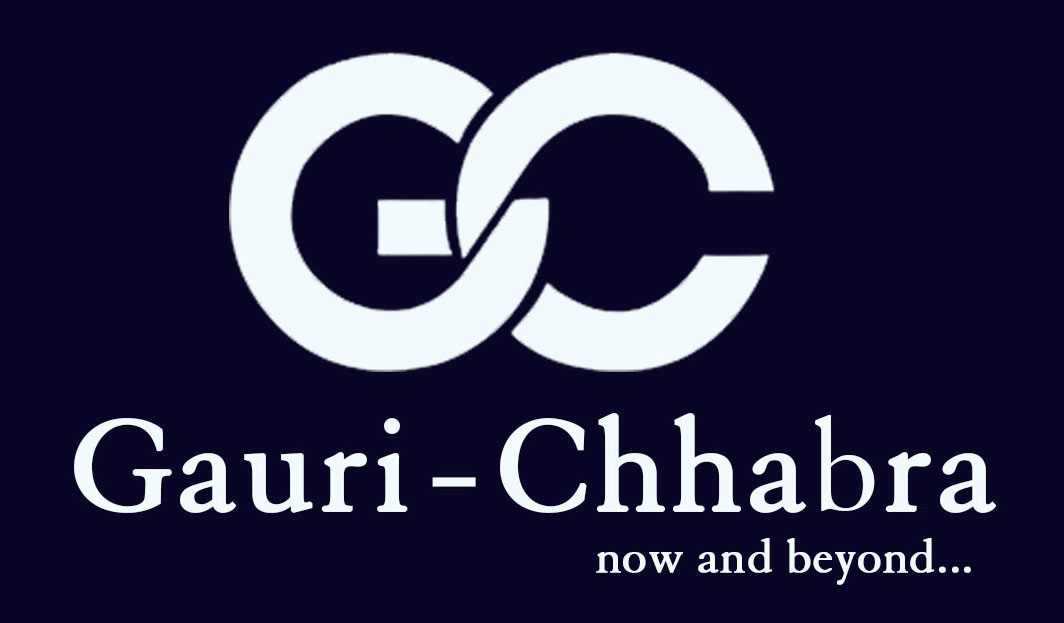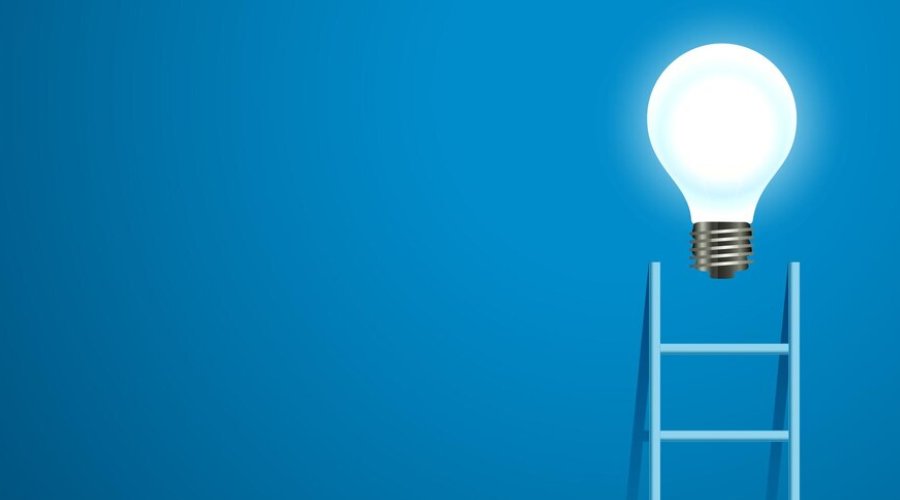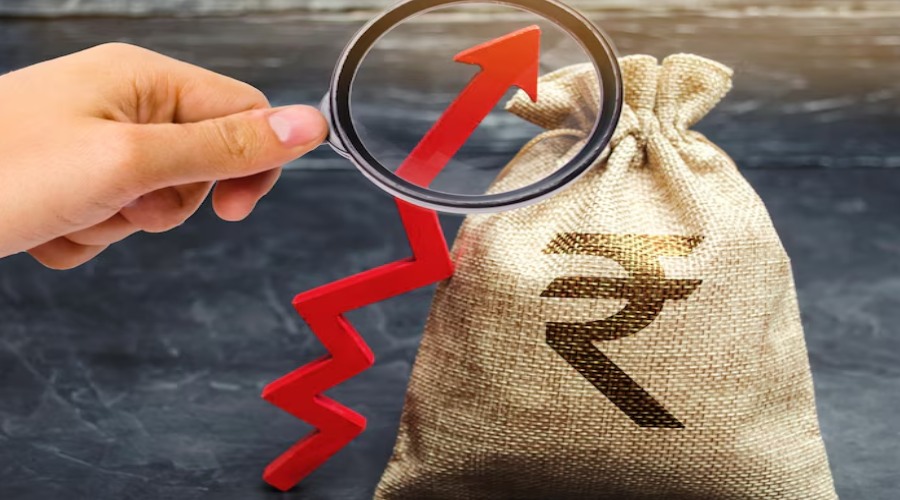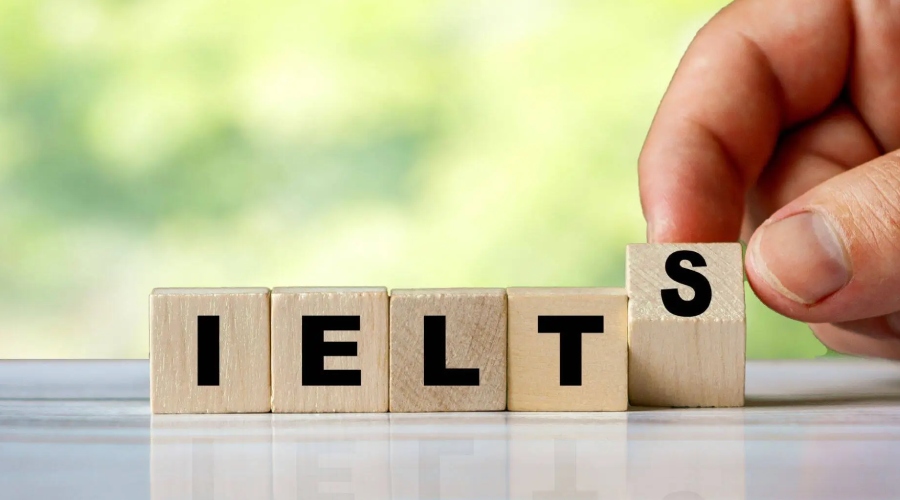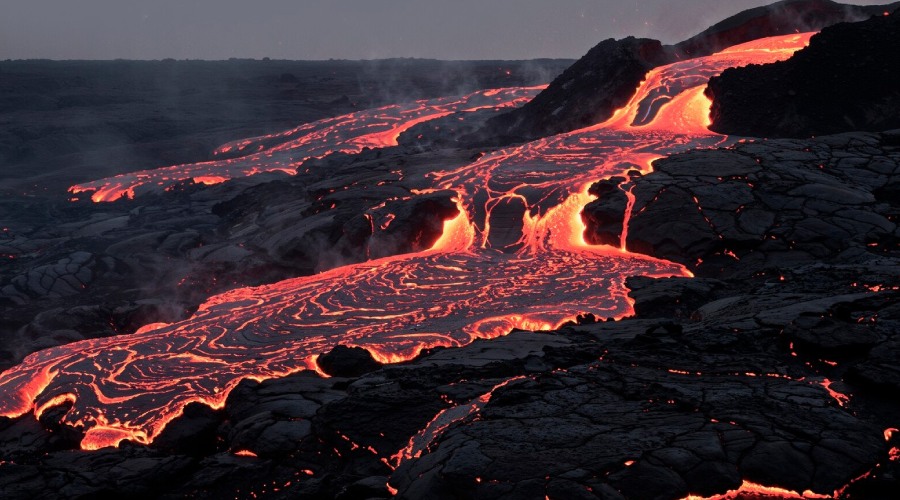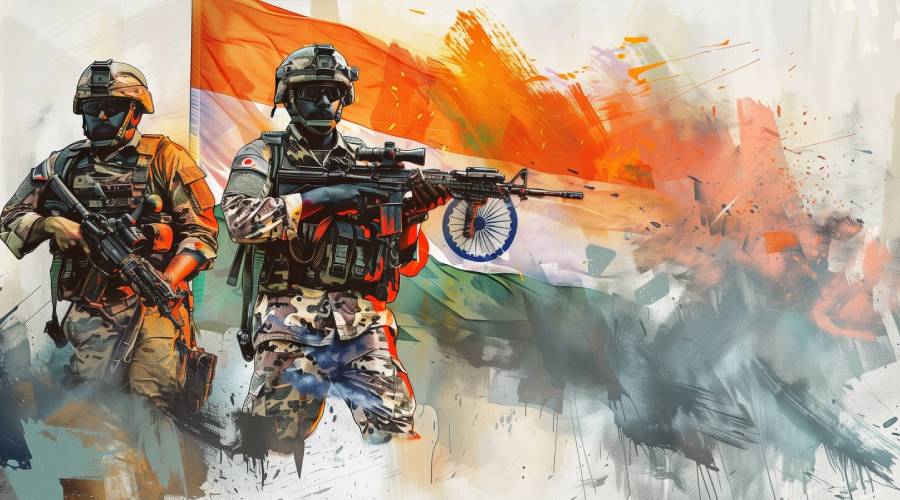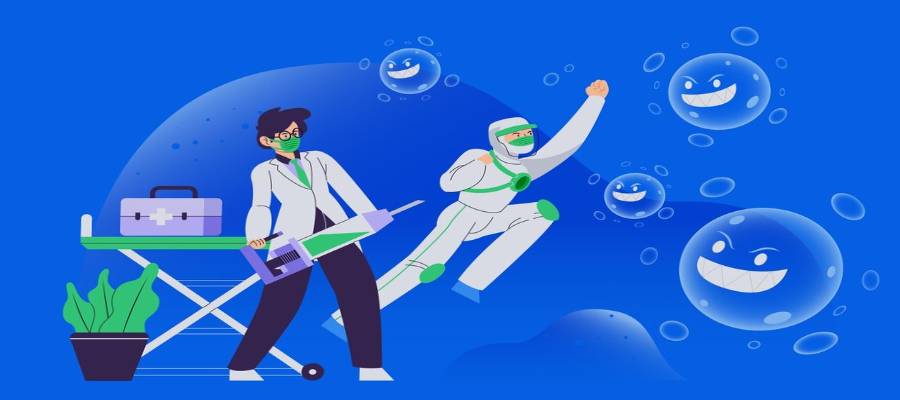Podiatry
Podiatry is an exciting and varied career. It offers you the chance to make a difference, a high degree of flexibility and excellent employment prospects. Podiatrists treat a variety of foot and ankle ailments, including calluses, ingrown toenails, heel spurs, arthritis, congenital foot, and ankle deformities, and arch problems. They also treat foot and leg problems associated with diabetes and other diseases. Some podiatrists spend most of their time performing surgery, such as foot and ankle reconstruction. Others may choose a specialty such as sports medicine, pediatrics, or diabetic foot care.
Course Details
Candidates must have passed the 10+2 level of examination, or its equivalent, from a recognized board, with Physics, Chemistry, and biology as compulsory subjects, in order to seek admission in a Bachelor’s degree program in medicine. They are required to take and qualify in the medical entrance examination, conducted by various institutions across India. On obtaining an undergraduate medical degree, candidates can apply for a post-graduation program in podiatric medicine. Podiatric medicine is offered as a four-year program, which follows a curriculum similar to the one followed at other medical schools. The first two years educate students on basic sciences, such as anatomy, chemistry, pathology, and pharmacology. The latter two years comprise clinical rotations at private practices, hospitals, and clinics. Here, the interns are taught the basic and modern ways of noting down general and podiatric histories, performing routine physical examinations, interpreting tests and findings, making diagnoses, and carrying out therapeutic procedures.
Graduates who successfully complete the podiatric medicine course are awarded the Doctor of Podiatric Medicine (DPM) degree. This is followed by a 2-4 year residency program at a hospital wherein podiatrists are taught how to execute surgery and other medical processes, like anesthesiology or radiology. It is during this period that one has to choose his specialized field, namely, geriatrics, pediatrics, biomechanics, surgery, sports medicine, dermatology, radiology, orthopedics, and primary care. After completing the residency program, podiatrists are licensed to practice in their chosen field.
Institute scape
Institute of Public Health and Hygiene, New Delhi offering diploma in Podiatry.
Speech Therapist
Speech therapy is an allied branch of health sciences related to the disorder of speech, voice, and language of a person. Speech therapy and audiology have become promising career options in recent times. Speech therapists are specialists who treat people facing problems related to speech disorders.
Course Details
In India, you can study both speech therapy and audiology together at the Bachelor’s as well as the Master’s level. Postgraduate programmes with specialization either in speech-language pathology or audiology are also offered. Several courses on speech therapy are available for interested students. The basic courses are B.S.C (speech & hearing), B.S.C (Audiology and Speech & Language), and M.S.C (Speech Pathology and Audiology). The qualifications required for pursuing a course in speech therapy are:
- For pursuing a diploma course a candidate must pass the 10+2 examination
- An undergraduate course for three years requires a candidate to have passed the XIIth standard with English, Physics, Chemistry, and Biology preferably with 50%-60% of marks. The cut off marks vary with institutes.
Institute Scape
The Rehabilitation Council of India, New Delhi, governs all institutes imparting training in speech therapy, and on http://ishaindia.org.in/ of the Indian Speech and Hearing Association, a national professional organization of speech therapists.
- Ali Yavar Jung National Institute for the Hearing Handicapped, Mumbai and regional centers in Kolkata, Secunderabad and New Delhi offering B.Sc. Hearing and language and M.Sc. Hearing, Speech and Language.
- All India Institute of Speech & Hearing, Mysore
- BYL Nair Hospital and Medical College, Mumbai.
- Dr. SRC Institute of Speech and Hearing, Bangalore.
- Dr. MV Shetty Institute of Speech and Hearing, Mangalore
Cartography
Cartographers use information from surveys, photographs and other reports that they have gathered and created for the purpose of creating a new digital map or updating existing ones. These professionals use global positioning systems (GPS), computer-aided design (CAD) programs and specialized mapping software to create maps for a variety of purposes. Cartographers typically do fieldwork to collect and verify data used in creating maps. They will also collect and analyze geographical data, such as population density, demographic characteristics, and annual precipitation patterns;examine and compile data from ground surveys, reports, aerial photographs, and satellite images to prepare thematic maps and prepare thematic maps in digital or graphic form to be used for social, environmental, political, business, educational, and design purposes.
As for academic qualifications, you could get a B.Sc Geography, M.Sc Geography, M.Sc Applied Geography, M.Sc Spatial Information Technology, M.Sc Cartography, M.Sc Geographic Information System, M.Sc Remote Sensing, M.Sc Geoinformatics, M.Tech Geoinformatics, P.G.Diploma in GIS, Cartography, Surveying and mapping/topographic/earth sciences or urban and land studies before applying for jobs.
Institute Scape
- IIT, Mumbai
- Burdwan University – Bardhaman (Master of Science- Remote Sensing & Geographic Information System)
- Indian Institute of Technology (Mumbai)
- Jamia Millia Islamia – Diploma in Cartography
- Jawaharlal Nehru Technical University
- MS University of Baroda – Diploma in Cartography
- North Orissa University – Baripada (Master of Science in Remote Sensing and Geographical Information System)
- Osmania University – Diploma in Geographical Cartography
- Pandit Ravishankar Shukla University – Raipur (Post Graduate Diploma in Remote Sensing and Geographical Information System)
- Sam Higginbotom Institute of Agriculture – Allahabad (Post Graduate Diploma in Remote Sensing and Geographical Information System)
Occupational Therapy
An occupational therapist is responsible for providing medical help and/or rehabilitation to individuals suffering from functional disabilities that prevent them from leading fully functional and healthy, independent lives, in the workplace and/or at home. Occupational therapy employs various exercises and physical and mental activities meant to challenge and thereby further improve and develop motor and sensory perception, judgment and problem-solving skills, cognition, hand functions, and hand-eye coordination. Patients with physical limitations that cannot be healed or cured are taught how to circumvent those limitations in order to manage everyday activities and work-specific tasks independently, sometimes through physical or mental exercises, and sometimes by using specially designed devices.
Institute Scape
- Jamia Hamdard, New Delhi, Bachelor of Occupational Therapy
- National Institute for the Orthopaedically Handicapped, Kolkatta, Bachelor of Occupational Therapy, B.Sc. (Hons) Occupational Therapy
- Faculty of Allied Health Sciences, Jamia Hamdard, Delhi
- Christian Medical College, (Tamil Nadu), Bachelor of Occupational Therapy (BOT)
- Swami Vivekanand National Institute of Rehabilitation Training and Research(SVNIRTAR), Cuttack,
- NIMS College of Physiotherapy, Jaipur.
- National Institute of Rehabilitation Training and Research (NIRTAR), Bachelor of Occupational Therapy (BOT)
- Manipal University, Manipal, Bachelor of Occupational Therapy (BOT), Master of Occupational Therapy (MOT)
Radio Jockeying
Radio Jockeying is a talent based field. Even though no formal educational qualification is required, a degree or at least plus two is generally a prerequisite. Qualification for Diploma & Post Graduate Diploma in Radio Programming & Broadcast Management: graduate in any field with 60% aggregate in graduation.
Entrance Exam for Radio Jockey courses is conducted by Encompass Institute of Radio Management. Some institutes also conduct their own screening test, voice test in the case of certificate courses. Following are some of the courses in Radio Jockeying.
- Diploma and Certificate course in Radio Jockey
- Diploma in Radio Management
- Diploma in Radio Programming and Management
- Diploma in Radio Station Operations and Management
- Certificate Course in Announcing, Broadcasting, Compere and Dubbing
- Certificate Course in Radio Production Programme
- Post Graduate Diploma in Radio Programming and Management
Institute scape:
- Academy of Radio Management, New Delhi.
- Xavier Institute of Communication Mumbai.
- Indian Institute of Mass Communication, New Delhi.
- Jamia Milia Islamia, New Delhi.
- FILM Institute New Delhi.
Summing up:
Therefore,if you wish to step into a career that is offbeat and gives you a high impact, choose any of the above that you gel in with and watch your career soar high.

